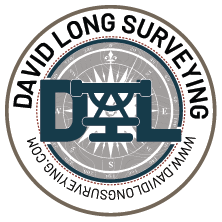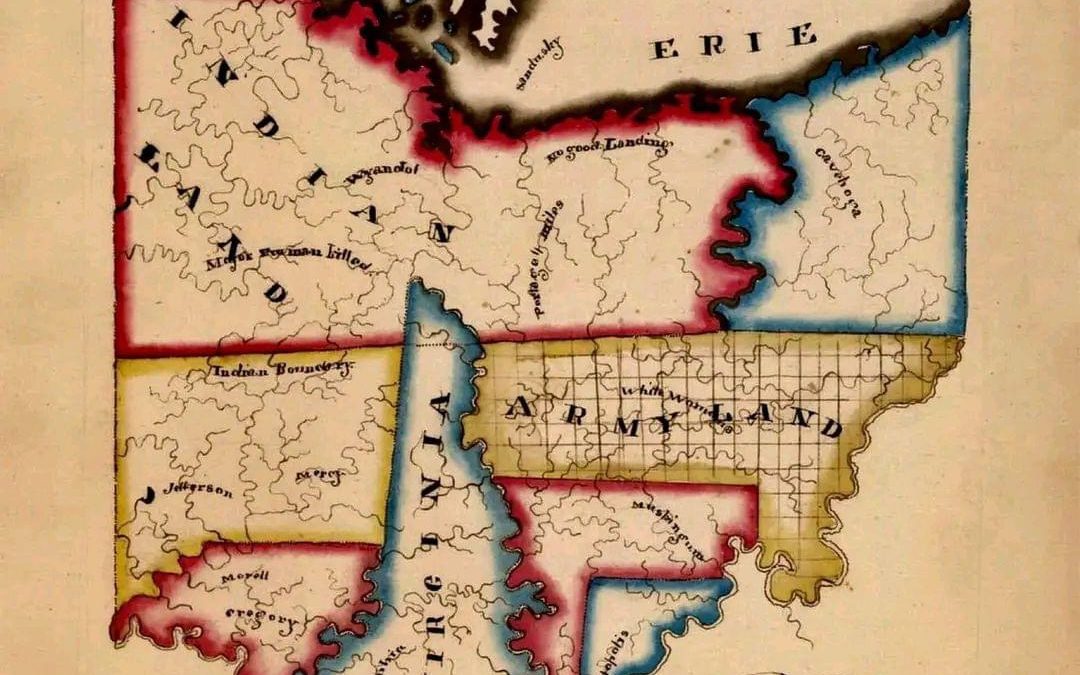When you think of land surveying, you might picture someone in a high visibility vest peering through a tripod mounted instrument on the side of a road. It’s easy to assume it’s all about numbers, angles, and GPS coordinates. But if you dig a little deeper, beneath the surface of the soil and the spreadsheets, you’ll find that land surveying is more than just a technical discipline. It’s a fascinating fusion of science and art.
Let’s explore both sides of the equation.
The Science of Surveying
At its core, land surveying is undeniably a science. It relies on precise measurements, mathematical calculations, and advanced technology to determine the exact boundaries and features of a piece of land.
Key scientific elements include:
-
Geometry & Trigonometry: Surveyors use these to calculate distances, angles, and elevations.
-
Geodesy: The science of measuring the Earth’s shape and gravitational field plays a role in large-scale surveys.
-
GPS & GNSS: Satellite-based positioning systems provide pinpoint accuracy for modern surveys.
-
Data Analysis: Surveyors interpret raw data to create maps, models, and legal descriptions.
-
Legal Frameworks: Understanding property law and land rights is essential for boundary surveys.
In short, surveying is grounded in empirical evidence and repeatable methods. It’s about precision, consistency, and objectivity.
The Art of Surveying
But here’s where it gets interesting: surveying also demands a creative, interpretive mindset. Not every boundary is clear-cut, and not every terrain is cooperative. Surveyors often face ambiguous records, conflicting deeds, or natural obstacles that require judgment, intuition, and experience.
Artistic aspects include:
-
Interpretation of Historical Records: Old maps, deeds, and landmarks often require a detective’s eye and a historian’s insight.
-
Problem Solving: No two parcels of land are exactly alike. Surveyors must adapt to unique challenges in the field.
-
Communication & Visualization: Turning complex data into understandable maps and reports is both a technical and creative task.
-
Aesthetic Sensibility: In landscape and architectural surveying, understanding spatial harmony and visual flow can be crucial.
Surveyors often say that no amount of technology can replace the “feel” for the land that comes with experience. That instinct, that ability to read the land like a story, is where the art lives.
So, Which Is It?
The truth is, land surveying is both an art and a science. It’s a discipline that demands rigorous technical knowledge and a deep well of practical wisdom. The best surveyors are not just technicians, they’re interpreters, storytellers, and stewards of the land.
In a world increasingly driven by automation and data, the human element of surveying remains irreplaceable. It’s that blend of precision and perception, calculation and creativity, that makes land surveying such a unique and vital profession.
Final Thoughts
Whether you’re a student considering a career in surveying, a property owner curious about your boundaries, or just someone who appreciates the intersection of logic and intuition, land surveying offers a compelling case study in how science and art can coexist and even thrive together.
So next time you see a surveyor in the field, remember: they’re not just measuring land. They’re mapping stories, solving puzzles, and shaping the world one boundary at a time.

